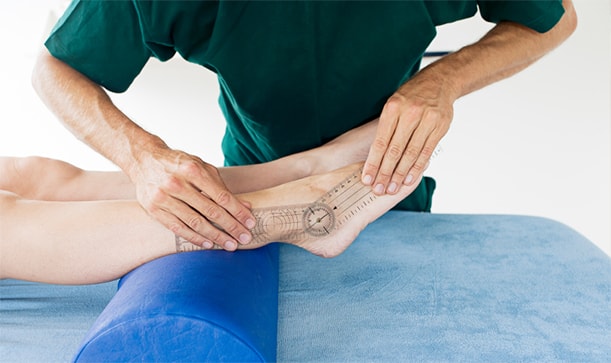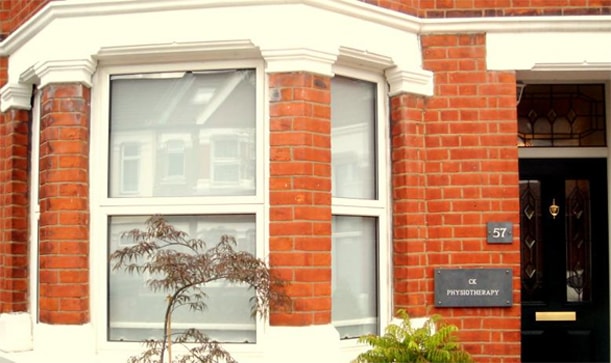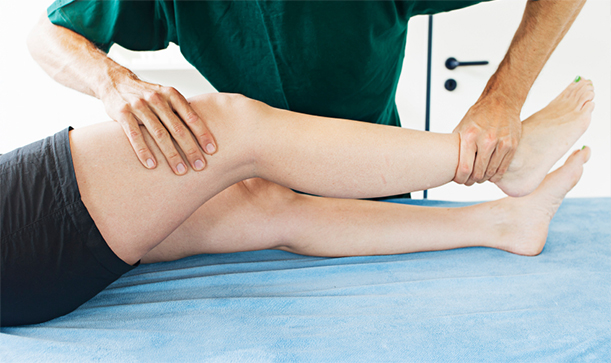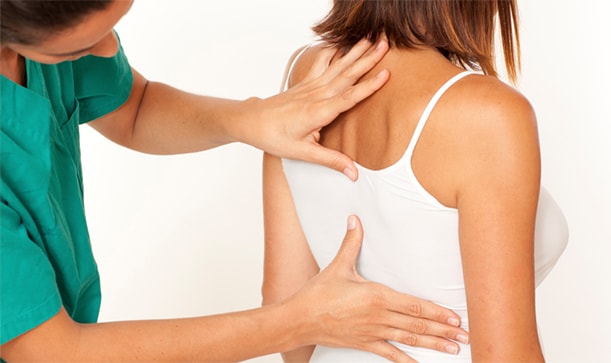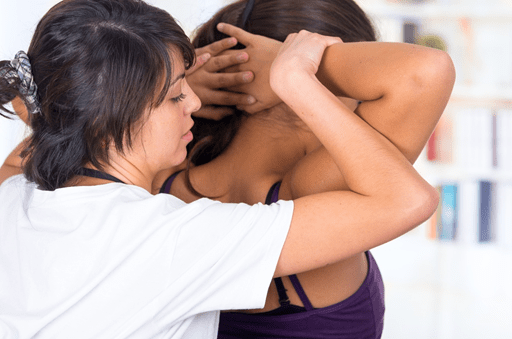CK Physiotherapy
AREAS COVERED
W7, W5, W13, Ealing, West London
57 Elthorne Avenue
Hanwell, W7 2JY
T: 020 8566 4113
M: 079 572 46185
E: info@ckphysio.co.uk
Location / Parking
We are situated in Hanwell, between Boston Manor Road and Northfields Avenue, south of the Uxbridge Road.57 Elthorne Avenue
Hanwell, W7 2JY
There are parking restrictions Mon - Fri 9-10am and 2-3pm. If you need a permit during this time please inform your therapist when you arrive. There are no parking restrictions at other times.
Opening Times
Please phone the number above during working hours to make an appointment. Our reception service will be happy to book your session.
London Underground / Bus Services
London Underground
10 min. walk from Boston Manor Tube Station.
15 min. walk from Northfields Tube Station.
Bus Service
E8, E3, E2, 207, 607, 83
Request Call Back
Our Blog
A Physiotherapy Guide to Electrotherapy Treatment for Muscles and Joint Pain Relief
By: BryanKelly (Psst, View author in Google Plus) Date: Oct 30th, 2020Leading an active lifestyle can be extremely fulfilling, but it comes with risk. Sports-related injuries and strains can happen in recreational sports such as biking and contact sports like football. You can even strain a muscle doing yoga.
Sometimes injuries occur due to accidents such as tripping or overdoing a strenuous activity. If you push your body too hard too quickly, don't maintain proper form during exercise or rest in between your workouts, you can easily overstrain your muscles and joints.
Stress can also cause muscle pain since your body releases hormones that tense your muscles and increases your pain sensitivity. Suffering muscle and joint pain doesn't just limit your sports activity; it can make your everyday life difficult. Climbing up the stairs, lifting grocery bags, and even getting out of bed becomes painful.
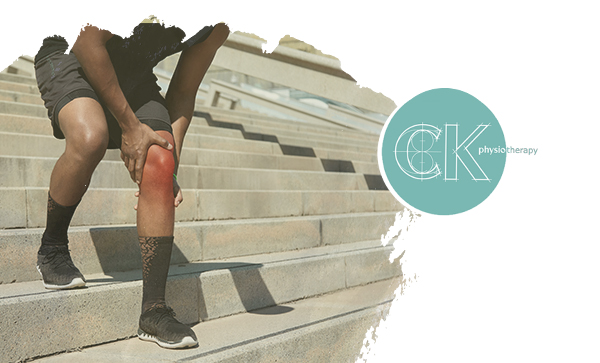
Signs and Symptoms of Muscle and Joint Pain
Pain and tenderness are the most common indications of muscle and joint injury. When you get injured, your muscles and joints become inflamed, resulting in swelling and pain. So when you move or touch your muscles, you'll feel tenderness and pain.
The amount of pain will vary depending on how severe the injury is. You may only feel pain when you use the injured muscle, or it might hurt even resting. Sometimes the pain is so severe that you can't use the muscle at all or so mild that it doesn't bother you.
Muscle and joint pain usually gets better after a few days, so listen to your body and give it time to heal. But if the muscle or joint pain becomes severe and too difficult for you to bear or is accompanied by muscle weakness, breathing difficulty, stiff neck, and high fever, you might have to seek medical help.
How to Manage Muscle and Joint Pain through Exercise
It's natural to want to avoid motions that spark discomfort when suffering from muscle and joint pain. But limiting your movements can significantly weaken your muscles, affect your posture, and compound your joint issues.
Although applying topical treatments and taking pain relievers may offer you a quick reprieve from your pain, this is a temporary fix. Exercise, on the other hand, can be a long-lasting way to mitigate muscle and joint pain. The right exercises can help strengthen key supportive muscles and restore flexibility. When starting on a new workout regimen, you can expect sore muscles and joints afterwards.
This type of soreness is referred to as delayed onset muscle soreness (DOMS) and happens due to tiny muscle fibre and connective tissue injuries. Most often, DOMS will subside after 24 to 48 hours of rest. But once your body gets used to the new exercises, you'll experience little to no muscle and joint soreness.
Here are some ways you can relieve muscle pain and soreness after exercise.
Ice your muscles
If you notice swelling in your muscles and joints or the muscle and joint area feel warm to the touch, wrap an ice pack in a towel and apply it to your muscles and joints for up to 20 minutes.
Apply heat
Heat encourages blood circulation and relaxes your muscles and joints, which helps relieve any pain. You can use a warm towel or a hot pack and make sure it's not painfully hot. Apply it to your sore muscles and joints for not more than 20 minutes. You can also take a warm bath to loosen and soothe your muscles
Go for a massage
Sports massage will help soothe relax tight sore muscles.
Do stretching exercises
Before you start your workout, it's important to stretch first. This will help to loosen your muscles, reducing the chance of injury. Warm-up by doing simple exercises such as spot marching and range of motion exercises like arm swings. You can do this for 5 to 10 minutes before moving on to aerobic or strengthening exercises.
Go slowly
You're more likely to injure your muscles or joints if you do intense or strenuous exercises. Eccentric exercises such as running downhill or lifting weights cause your muscles to lengthen under tension, increasing the likelihood of injury. So build up the intensity slowly and start with easy movements, and if you feel pain, take a break. You can do low impact exercises like elliptical trainers or stationary bicycles.
Do light exercises
Light exercises such as walking and swimming are a great way to stretch and soothe your muscles and joints. They can also help your body speed up the healing process by increasing the elimination of lactic acid build-up.
How Electrotherapy Can Help Relieve Muscle and Joint Pain
Electrotherapy treatment is an alternative to medication in treating muscle and joint pain. Electrotherapeutic devices apply electrical stimulation to muscle-motor fibres and nerves through electro-pads placed on your skin.
The electric current reduces localized inflammation, stimulates muscles, increases blood flow, and triggers the release of the body's natural painkillers, endorphins, and enkephalins. These hormones override the brain's pain receptors and produce a feeling of euphoria, which reduces pain. The electric pulse also creates a pleasant sensation, which is very soothing. Electrotherapy for joints can repair and rebuilds joint cartilage and reduces pain.
T.E.N.S. is an electrotherapy device widely recommended for home use by pain clinics, physical therapists, and other medical practitioners. This device is an effective pain management tool that reduces pain and soothes sore muscles and joints.
What is amazing about this device is that it's totally user-controlled so that you can use in the comfort of your home. Consult with your physiotherapist to determine the right frequency, intensity, and mode settings to suit your pain level. You can also keep a diary of pad settings and placements and the corresponding pain level.
When placing the pads, be careful not to place them too far apart, or the current will bypass your problem area, and not too near else the electrodes will short out. The ideal placement is pads-width apart. For electrotherapy treatment for muscles and joints to be effective, use the T.E.N.S. device for at least 20 minutes.
Conclusion
Keeping active is very important when you have muscle and joint pain. Movement allows your muscles to stretch and heal and increases flexibility and mobility in your joints.
Electrotherapy treatment can also alleviate pain and promote healing in your muscles and joints. To ensure you receive professional treatment and care, visit a trusted physiotherapy clinic in Ealing for electrotherapy treatment for muscles and joint pain relief.

